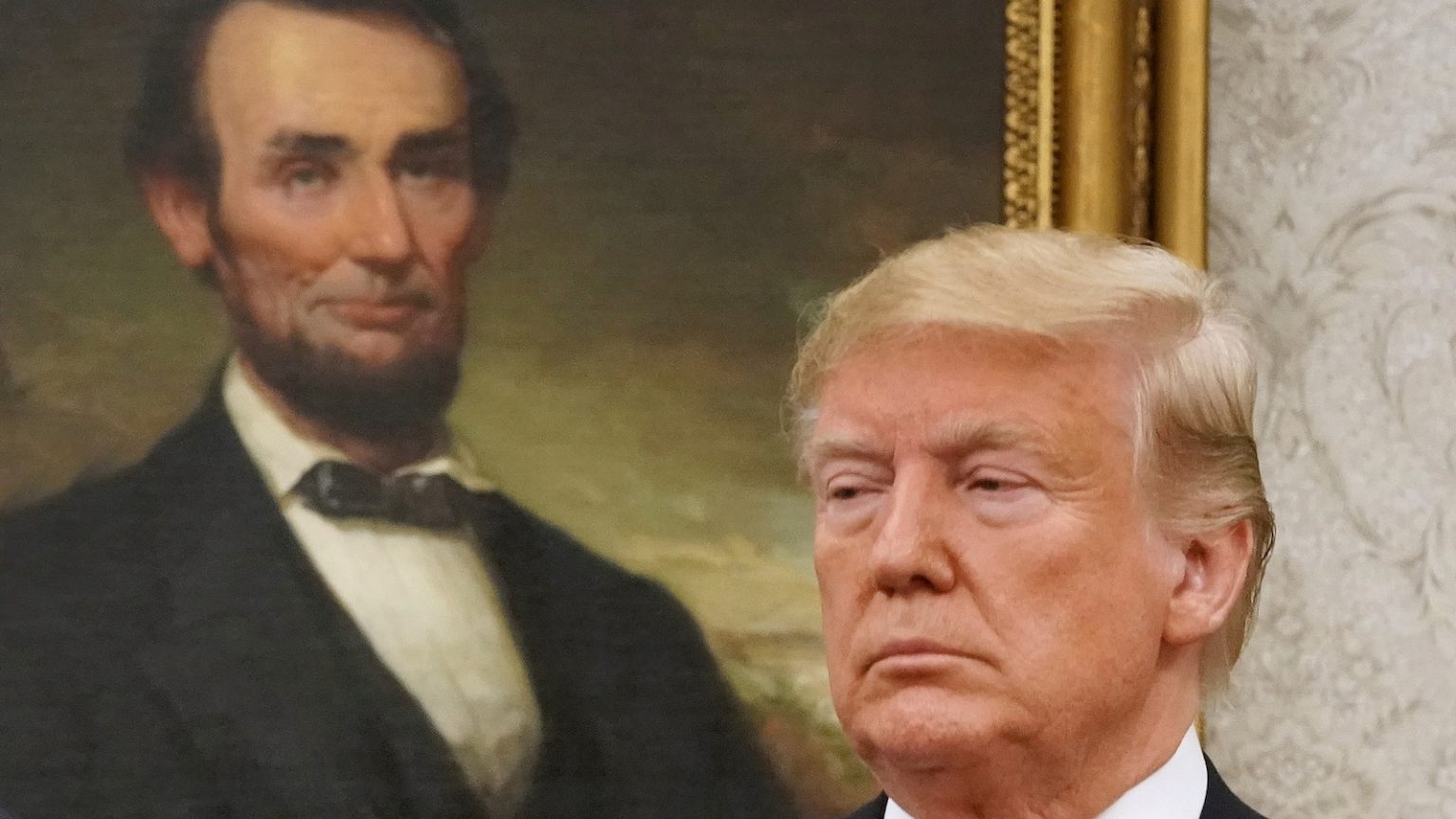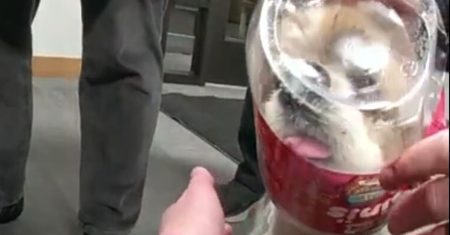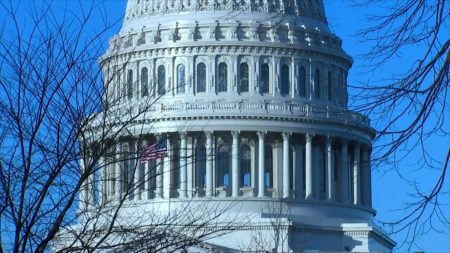President Trump’s Plan to Stop Penny Production: A Step to Cut Federal Waste
In a bold move to address federal government waste, President Donald Trump has announced his decision to halt the production of the U.S. penny. Through a post on his Truth Social platform, Trump revealed that the cost of minting the iconic 1-cent coin, which features Abraham Lincoln’s profile, now exceeds twice its face value. He criticized the continued production of pennies as wasteful and instructed the Treasury Secretary to stop their production. The President emphasized the need to eliminate unnecessary expenses, stating, "Let’s rip the waste out of our great nation’s budget, even if it’s a penny at a time." This decision has sparked a national debate about the practicality and legality of discontinuing a coin that has been a part of American currency for over two centuries.
The Rising Cost of Minting Pennies: A Financial Burden
The U.S. Mint has reported a significant increase in the cost of producing pennies in recent years. In 2020, the cost of minting a single penny was 1.76 cents, but by 2024, this figure had risen to 3.69 cents—more than double its face value. This escalating expense has led to substantial financial losses for the U.S. Mint, which reported a loss of $85.3 million on penny production in fiscal year 2024. Interestingly, the cost of printing a paper $1 bill, which is 3.2 cents, is actually cheaper than producing a penny. The penny’s composition of 97.5% zinc and 2.5% copper, along with the smelting process required to manufacture it, contributes to its high production costs. These financial realities have made the penny a prime target for cost-cutting measures.
Legal and Constitutional Questions Surrounding the Decision
While President Trump has taken a firm stance on stopping penny production, the legality of this move remains uncertain. The U.S. Mint operates under the authority of Congress, which has the power to approve or reject changes to the nation’s currency. According to the U.S. Mint’s website, Congress authorizes every coin and oversees the Mint’s operations through its Public Enterprise Fund. However, Laurence H. Tribe, a constitutional law expert from Harvard Law School, has argued that the U.S. Code grants the Treasury Secretary the authority to discontinue the penny without congressional approval. Tribe stated that Trump’s action is "entirely lawful and fully constitutional." Despite this, the move is likely to face legal challenges and political pushback, as many question whether the President has the unilateral power to make such a significant change to the nation’s currency.
Expert Opinions on the Impact of Eliminating the Penny
The proposal to retire the penny has drawn strong reactions from experts and advocacy groups. Mark Weller, executive director of Americans for Common Cents, has called the idea "an absolutely horrible idea," arguing that it would harm consumers and the economy. Weller contends that eliminating the penny would not save money but could instead lead to increased government losses. He points out that without the penny, the U.S. Mint would likely increase production of the nickel, which costs nearly 14 cents to produce—almost three times its face value. Weller warns that this would exacerbate financial losses for the Mint and could lead to higher prices for consumers. He also notes that cash remains a vital tool for economically underserved communities, and that most Americans oppose the idea of rounding transactions, which would likely become more common without the penny.
Historical Context and the Future of the Penny
The penny has been a cornerstone of American currency since 1793, when the first 1-cent coin was produced. Over the years, its design has evolved, with Abraham Lincoln’s portrait being added in 1909 to commemorate his 100th birthday. Despite its historical significance, the penny is not without precedent when it comes to retiring denominations. The U.S. has previously phased out coins such as the half-cent, 2-cent coin, and the "trime" (a silver three-cent piece). Caroline Turco, assistant curator of the Money Museum in Colorado Springs, notes that these coins were retired either because they were no longer used or because they became too expensive to produce. If Trump’s plan succeeds, the penny would become the 12th U.S. currency denomination to be retired. Turco also points out that other countries, such as Canada, have already phased out their pennies. While the penny’s fate remains uncertain, its cultural significance is unlikely to fade, as phrases like "a lucky penny" and "a penny saved is a penny earned" remain deeply ingrained in American culture.
The Broader Implications of Trump’s Decision
President Trump’s decision to stop producing pennies reflects a broader effort to address government waste, but it has also raised important questions about the role of physical currency in the modern economy. As digital payments become increasingly prevalent, some argue that the penny has outlived its usefulness. However, others, like Mark Weller, emphasize the continued importance of cash, particularly for those who lack access to traditional banking services. The debate over the penny’s future highlights the complex interplay between fiscal responsibility, economic practicality, and cultural tradition. While it remains to be seen whether Trump’s plan will succeed, one thing is clear: the humble penny has become a symbol of a much larger conversation about the future of money in America.















